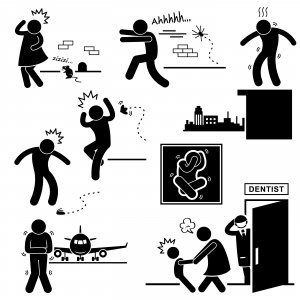Monthly files: July 2015
A new international psychoanalytical journal
At the recent International Psychoanalytical Association (IPA) Congress in Boston, psychoanalysts from all over the world celebrated the launching of a new, truly international on-line psychoanalytic journal, Psychoanalysis.today.
Psychoanalysis.today is the result of a collaborative effort between the four regional federations and associations of the IPA: Fédération Européenne de Psychanalyse (FEP), Federación de Psicoanálisis en América Latina (FEPAL), American Psychoanalytic Association (APsA), and the North American Psychoanalytical Confederation (NAPsaC).
There are many distinguished psychoanalytical journals ––The Psychoanalytic Quarterly, La Revue Française de Psychanalyse, La Revista de la Associación Psicoanalítica de Madrid, to name only a few–– but they tend to reflect local psychoanalytical culture and are often too technical for non-specialists.
The goal of Psychoanalysis.today is to improve communication between the IPA regions and to provide a platform where people who are interested in psychoanalysis can be informed in non-technical terms about what is being currently debated in the field.
The journal is available in English, German, French, Spanish and Portuguese.
Go to Issue Zero of Psychoanalysis.today: “The First Time”
Phobias: diagnosis, etiology and treatment
The diagnosis of a phobia is usually fairly clear. A phobia is any irrational fear of objects, animals, situations or spaces that are not objectively dangerous.
One is afraid of something objectively dangerous ––a lion, for instance–– but one has a phobia of something objectively harmless, a mouse. The phobia does not come from the phobic object in itself but from what that object stirs up in the mind of the individual that suffers from the phobia.
Phobias are a very effective way for the psychic apparatus to get rid of the inner anxiety from which the subject suffers. Instead of feeling that the anxiety and the danger are within, the phobia allows the subject to locate the source of anxiety outside, where it can be avoided.
For instance: an individual who is very afraid of her own aggressiveness may develop a phobia of dogs (onto which she can attribute the idea of aggressiveness). Then she can avoid dogs and, by doing so, be free of anxiety. The fear of herself has become the fear of something else that can be avoided. Needless to say, all of this happens unconsciously, there is no conscious intentionality in the creation of a phobic symptom.
Precisely because of the fact that phobias allow the individual to locate the source of danger on the outside, many people can live with their phobias without great difficulties since they simply avoid their phobic object, and thus avoid anxiety.
However, the situation becomes more complicated when avoiding the phobic object starts to severely restrict the individual’s freedom. It is not uncommon in certain cases for phobic objects to multiply, progressively invading and limiting the subject’s life more and more.


